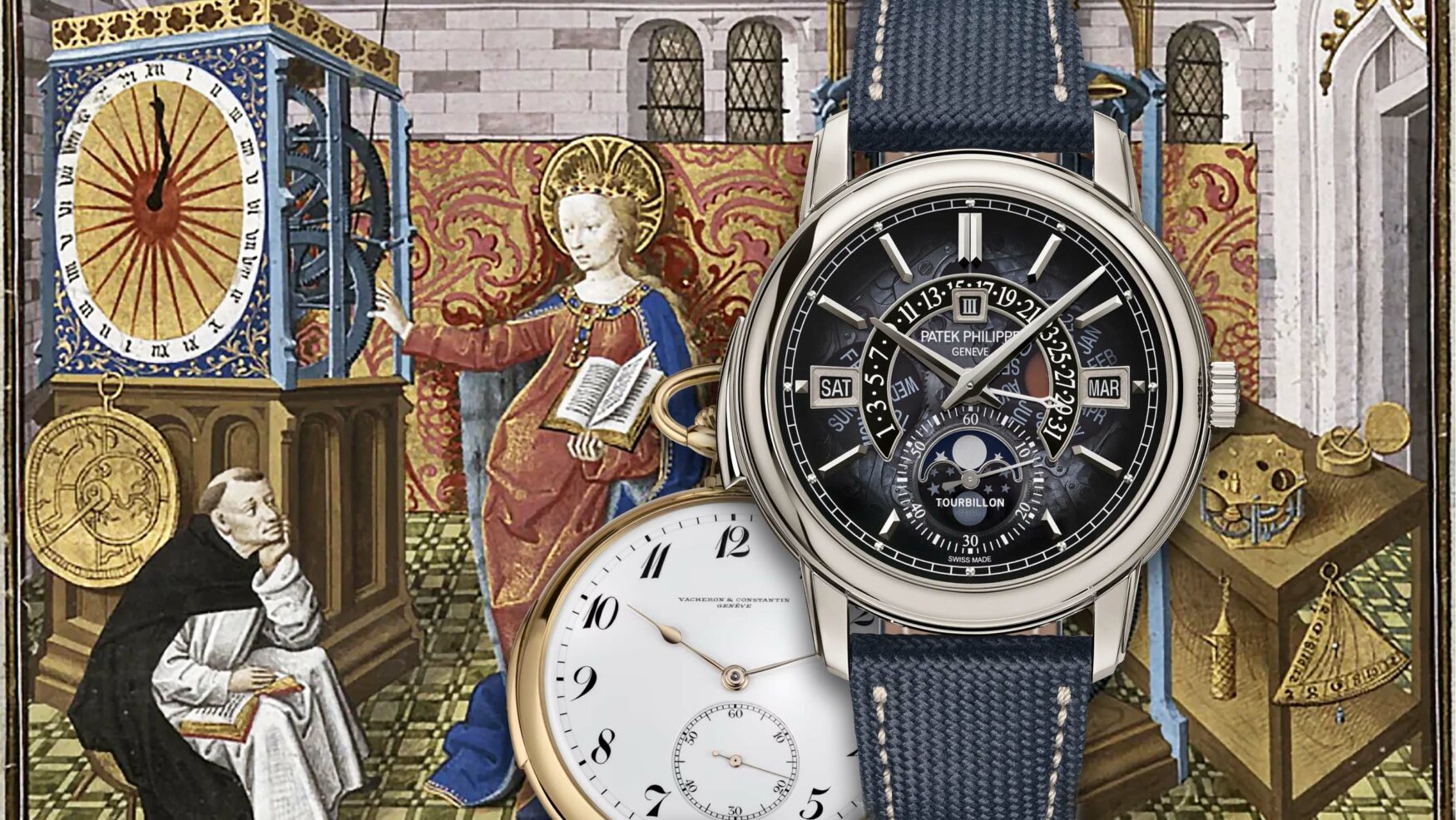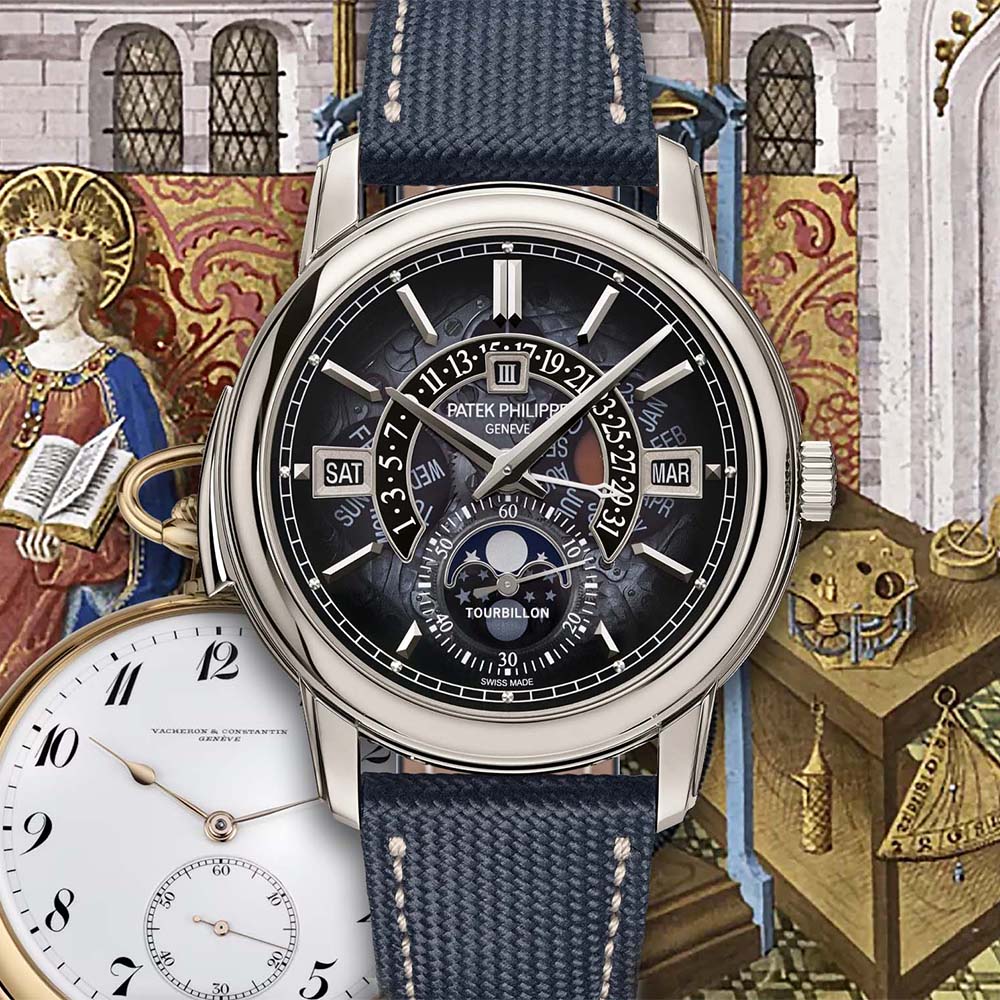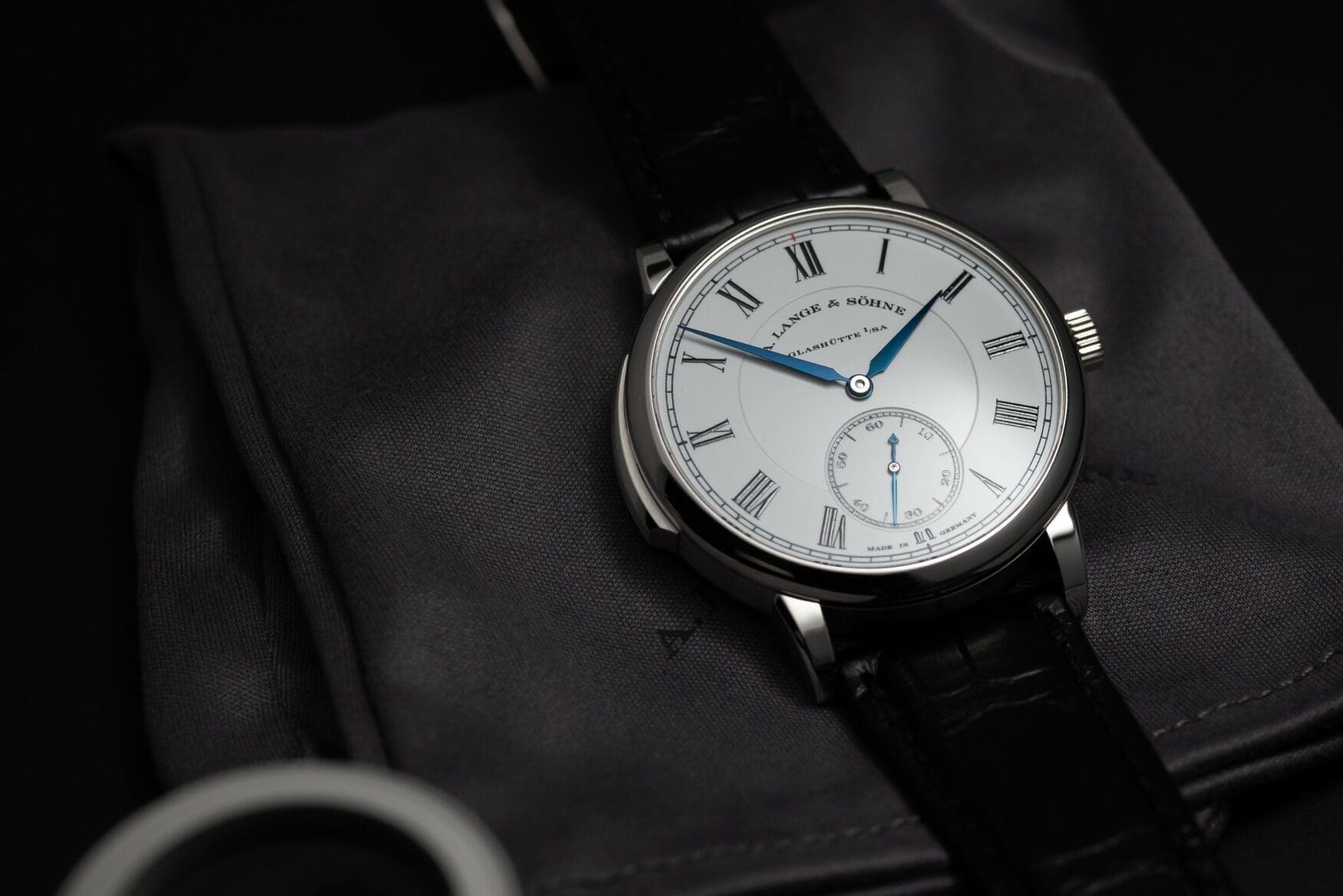The history of minute repeaters
Buffy AcaciaIn the world of high complications, minute repeaters are often prized above all others. Some may prefer the utility of a perpetual calendar or the visual flair of a tourbillon, but hearing the dulcet chimes of a tiny mechanical movement can warm anyone’s heart. They’re among the most difficult complications to both design and manufacture, and although you can find cheap tourbillons on AliExpress and surprisingly affordable perpetual calendars from the likes of Frederique Constant, you’d be hard pressed to find a bargain minute repeater aside from a nameless pocket watch which will still cost you four figures. How did it come to this?
The measurement of time throughout history was much more fluid than our understanding of it today, and visual representations of the time such as clocks were not always important. Water clocks were used for thousands of years, and even the first-known clock with gears (invented by Archimedes during the 3rd century BC) was a cuckoo clock which supposedly chirped. Clearly, the link between sound and time-telling was strong from the very beginning. It wasn’t until the 12th and 13th centuries that fully mechanical clocks (then called a horologium or horloge) were invented for the sole purpose of striking a bell, replacing water-based clocks with the same purpose. As European religion developed firmer rituals such as the canonical hours, churches, town squares, and monasteries would need bells to ring at the appropriate times to call their citizens to pray. Even the word ‘clock’ traces its etymology back to the Old Irish word for bell.
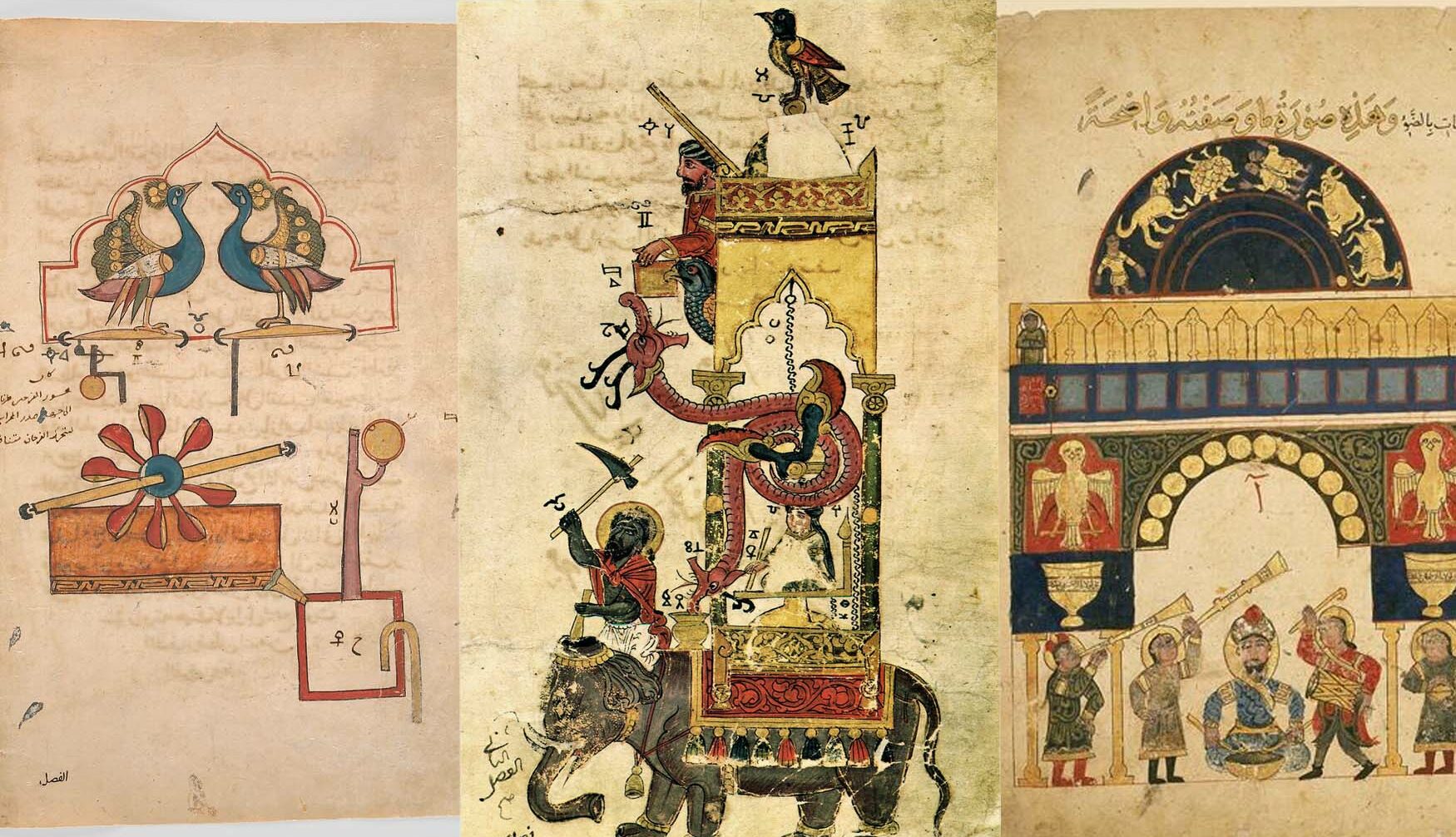
It didn’t take long for those engineers of the middle ages to start showing off, and the clocks became extravagant. The Muslim polymath Ismail al-Jazari of Mesopotamia was somewhat of a spiritual successor to Archimedes, and in addition to designing an array of clocks, he developed programmable and complex automata of human and animal figurines as early as 1206 A.D. He even created an automated waitress that could serve beverages from an internal reservoir, which was a vastly advanced robotic concept. Once that technology trickled West to Italy, France, and England, it culminated in huge and expensive clocks with astronomical dials able to show the time in multiple systems at once as well as all of the prayer times, and they required full-time clock keepers to be employed. Humbler, less-affluent areas were lucky to get a clock dial with hands, but they still served their purpose because of the ringing bells.
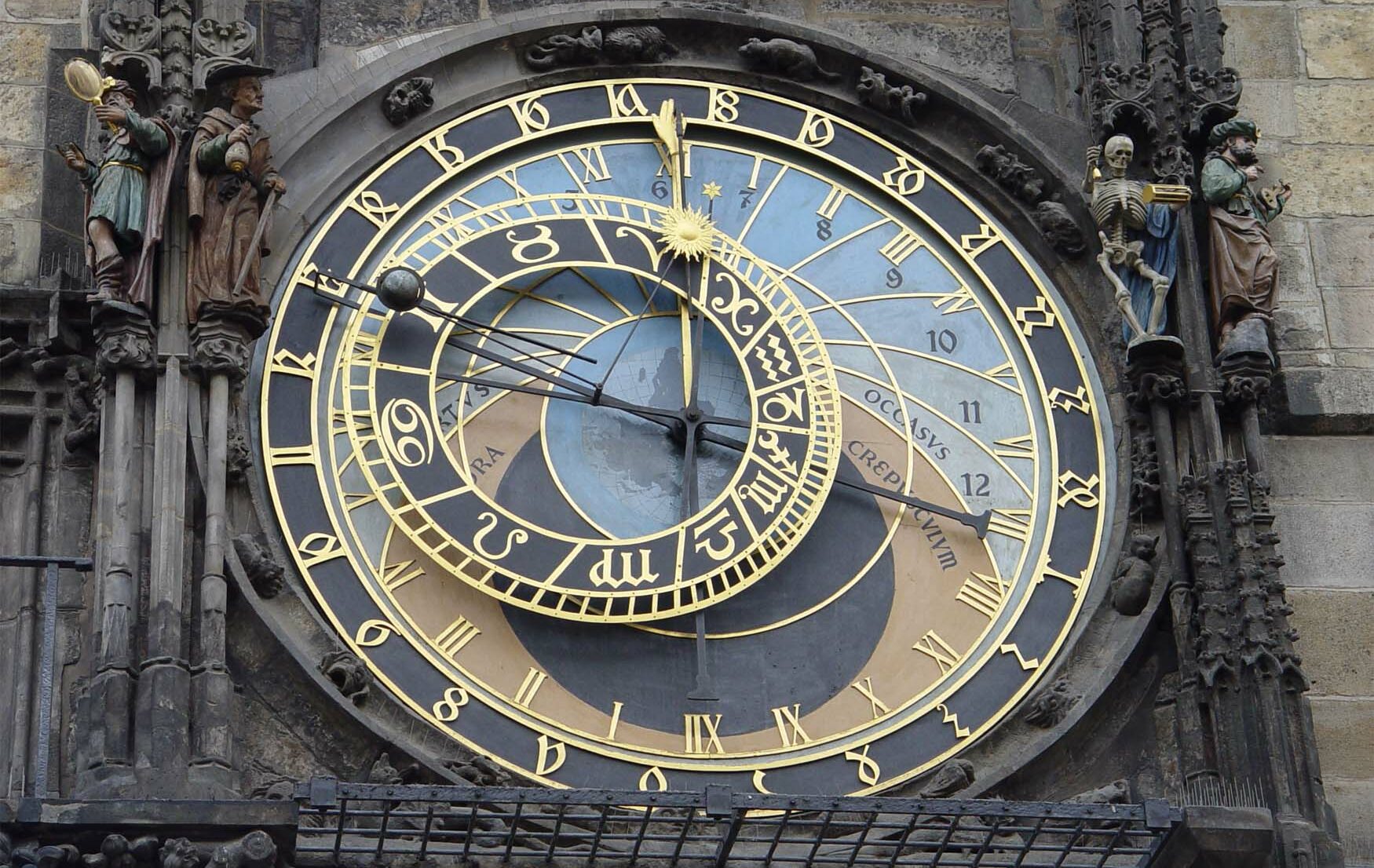
Striking clocks were still relatively simple when you looked past all of the astronomic, astrological and automated extras, because all you needed was a cam attached to a shaft which spun once per hour. The cam would raise a hammer, then let it fall onto a bell. During the 14th century, as tower clocks were being erected all over Europe, countwheels were devised so that the clocks would strike the correct number of hours instead of just once per hour. The difference between a striking clock and a repeater is that a repeater can chime on-demand as opposed to on the hour, every hour. At some point in the 17th century, the rack and snail mechanism was invented, which simplified the process and made the striking more reliable. That technology was utilised by the priest and inventor Reverend Edward Barlow in 1675 to make the first repeating clock.
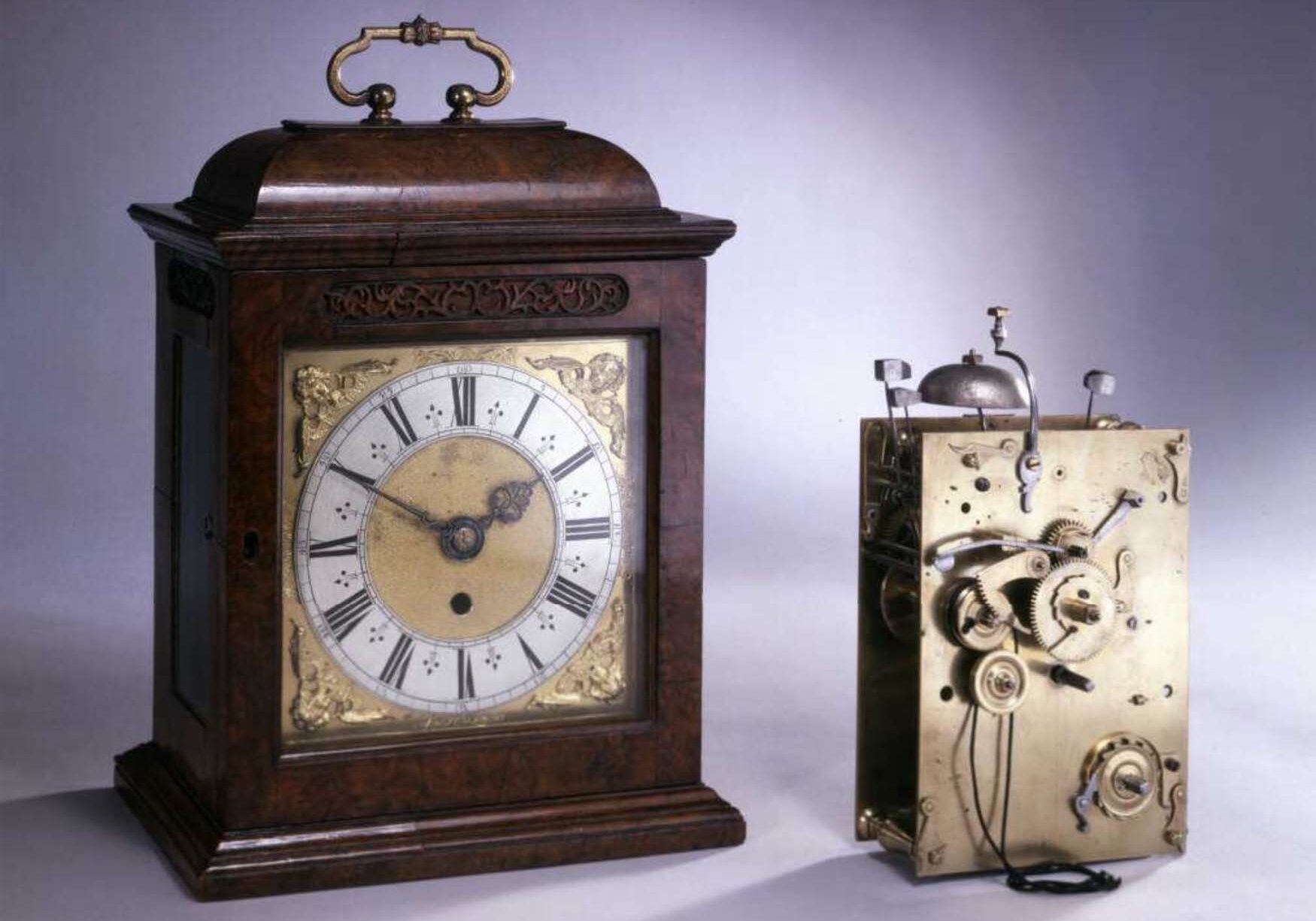
Barlow’s invention was specifically able to chime the hours and quarters at any time on request, just as repeating watches still do today. There are some variations on the system, such as A. Lange & Söhne’s digital repeater, but the underlying concept has remained the same for centuries. Given that pocket watches had become popular among royalty and aristocracy within the last century and a half, repeating watches began to appear. Both Edward Barlow and a competitor of his, Daniel Quare, claimed to have invented the repeating pocket watch during the 1680s, and King James II intervened. He asked both men to make him repeating watches in 1687, which were then examined by his council, and Daniel Quare was awarded the patent. The chief difference between the two was that Barlow’s had two buttons, one for hours and one for quarters, which needed to be pushed at the same time. Quare’s used a single pin which worked for both.
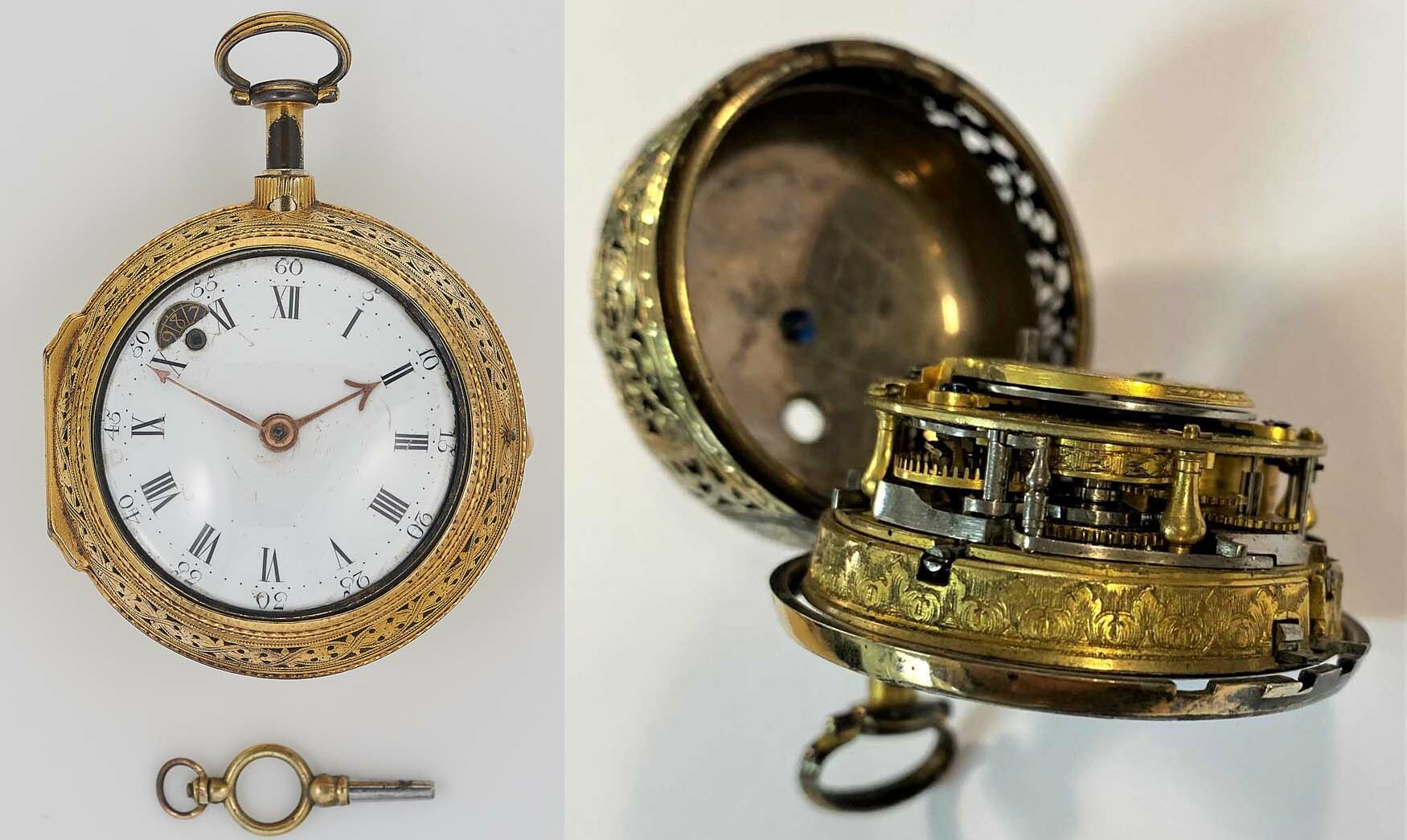
Over time, repeating clocks and watches were developed by watchmakers all over the world. Religion didn’t hold as much sway over the population of large cities anymore, so chiming clock towers became more of a curiosity and a public service than a functional call to prayer. Bells were replaced by wire gongs, which were more compact and used the case itself as a resonant chamber for fullness of tone and volume projection. They were always expensive though, and as the rise of the middle class coupled with gas lamps in streets throughout the 18th and 19th centuries, preference was given to pocket watches for the elite over clocks for the masses. There were even attempts at making repeating watches more affordable, by bypassing the gongs altogether and just having hammers thud into the case for a silent vibration you could feel in your palm.
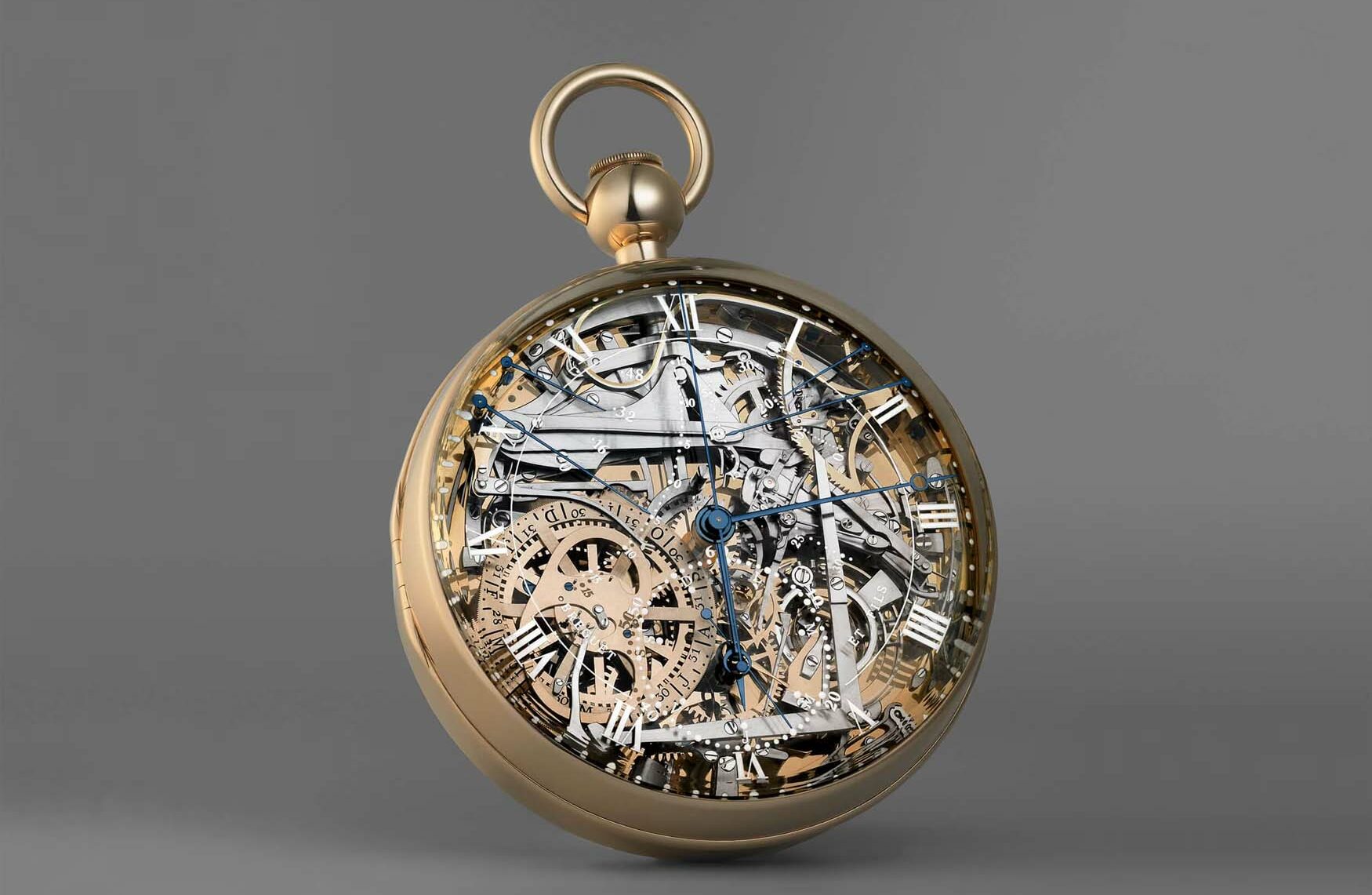
It seems that around 1750, the London watchmaker John Ellicott was the first to produce watches which could repeat all of the hours, quarters and individual minutes in a substantial quantity. The legendary Abraham-Louis Breguet was the first person who opted for gong springs rather than bells in 1783, and they’ve been used ever since. From then on, the innovations have been fairly subtle, and largely flowed in the same manner as pocket watches moved to wrists.
From the late 18th century to the grand complications of today, here’s how most minute-repeating watches work. A slider or a pusher on the side of the case must be engaged all the way to prevent damaging the mechanism. If it’s not fully engaged, nothing will happen, protecting the movement. As the slider or pusher moves, the rack’s teeth count the hours, quarters and minutes as currently displayed on the dial to determine the chimes. The actuation will also wind a small mainspring used exclusively for the repeating mechanism, so that the watch’s power supply can’t be depleted mid-strike and accidentally cause damage. Then, hammers will strike two gongs. Generally the hours will begin with a low tone, followed by the quarters indicated by a high-low double strike. Finally, the remaining minutes will be counted by high tones. For example, a time of 4:38 will sound like four low tones, two high-lows, and eight highs.
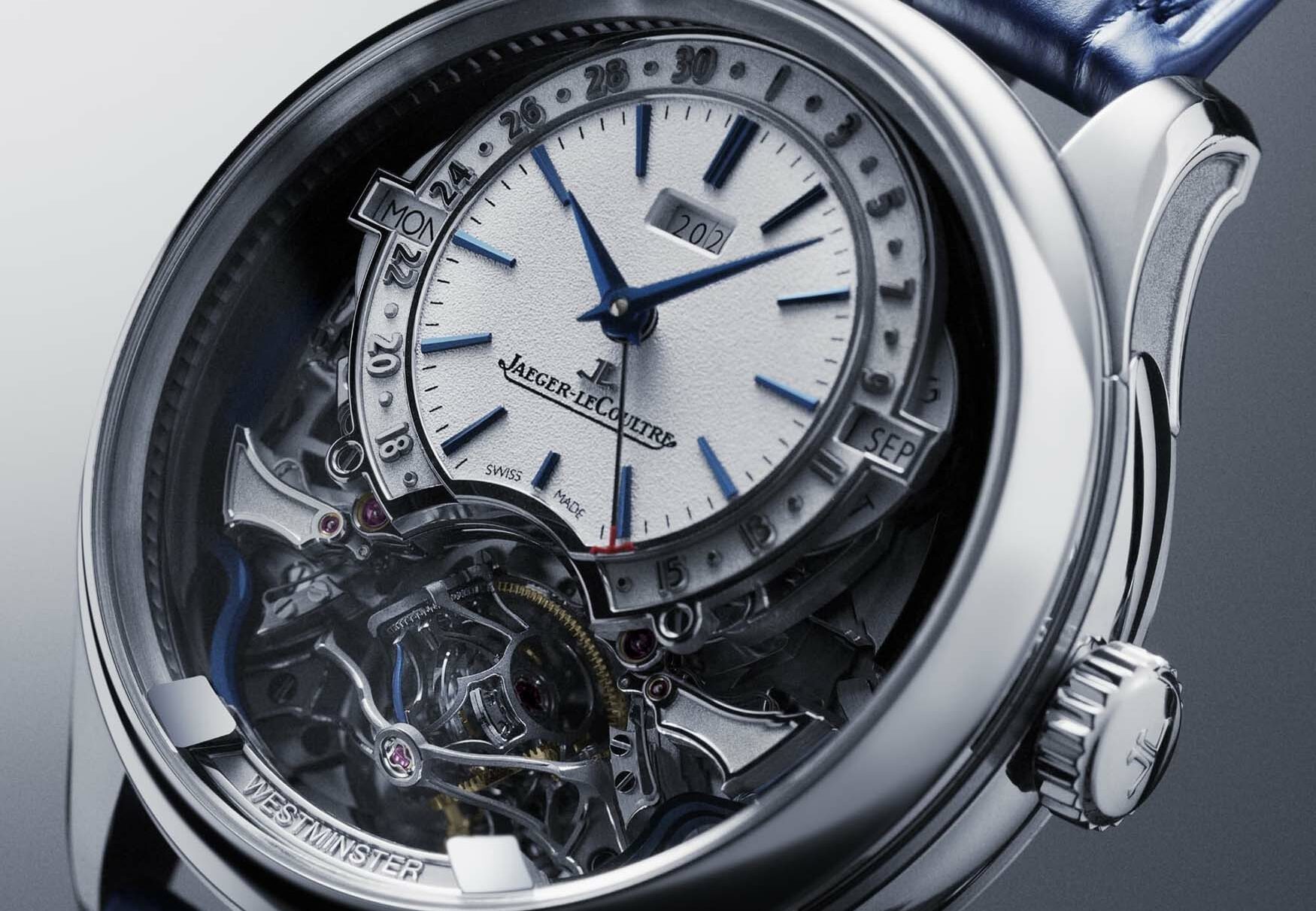
As you have learned, minute repeaters aren’t just complex because of their additional parts. They’re also difficult to create because there’s so much room for error, and there’s next to no tolerance for components to be the wrong shape or size. A properly-executed minute repeater has to be the embodiment of perfection, especially in the tiny case of a wristwatch. Some digital and quartz watches have tried to recreate the effect of a minute repeater, and some of them are pretty fun, but electronic beeps will never capture the romance of physical gongs ringing out from a mechanical calibre.




